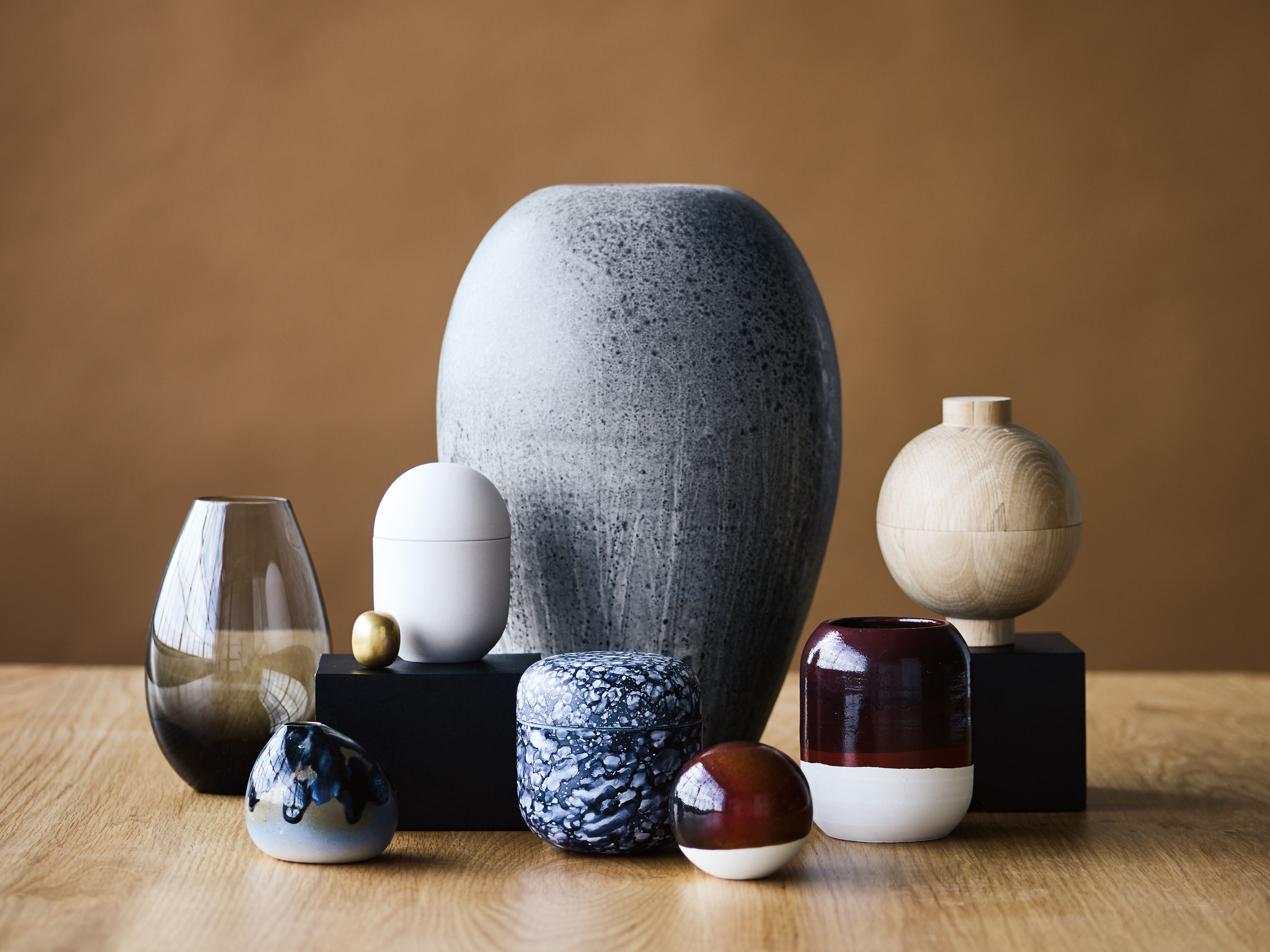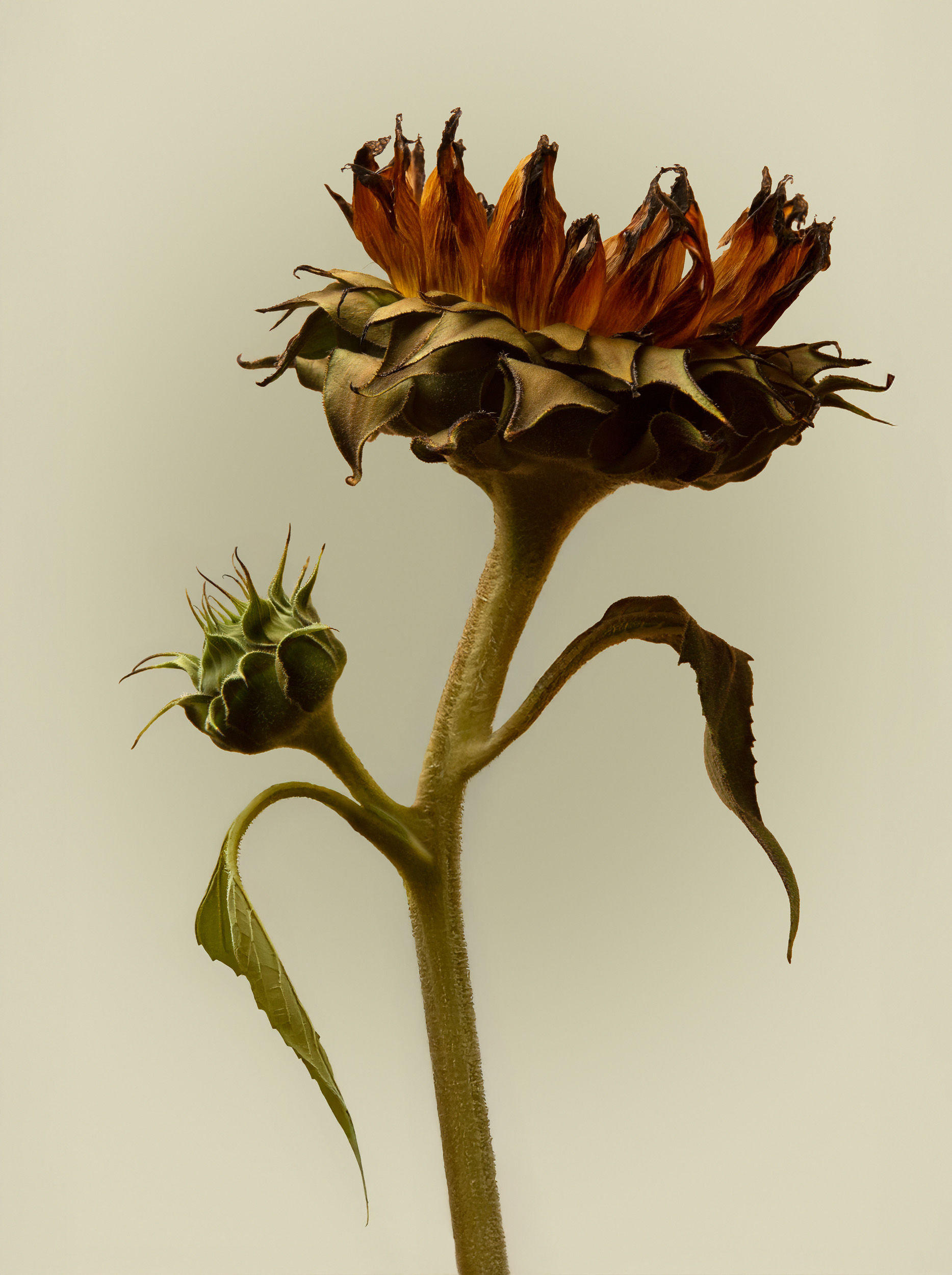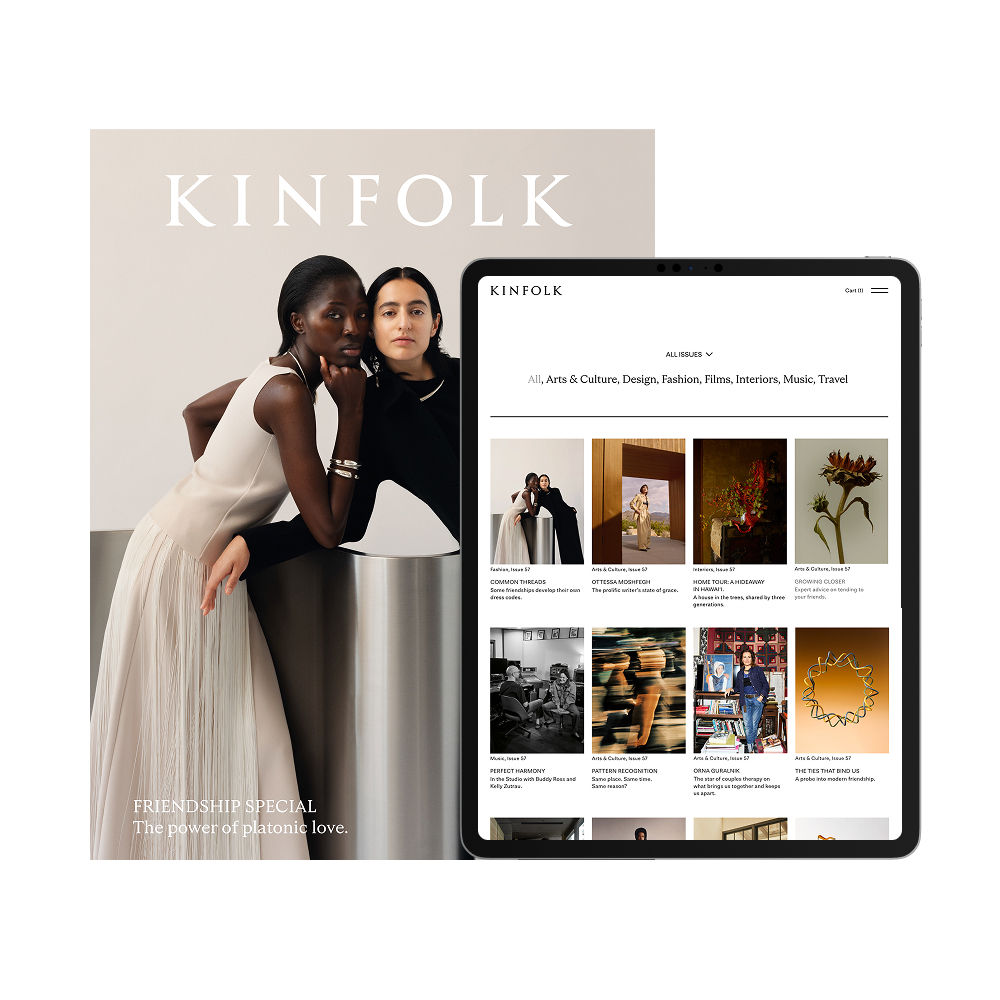Super-EggDesigned as a “useless necessity” in 1965, the brass super-egg is a classic piece of industrial art beloved by design connoisseurs.
Super-EggDesigned as a “useless necessity” in 1965, the brass super-egg is a classic piece of industrial art beloved by design connoisseurs.

Super-egg by Piet Hein, glass vase by Holmegaard, large vase by Würtz Ceramics, small vase and sphere by Anders Arhøj, jug by Anette Friis Brahe and bonbonnieres by Ditte Fischer, Broste and Kristina Dam
“Hein readily copped to the impracticality of his beloved object”
In the early 1960s, the Danish mathematician–turned–poet Piet Hein invented the “super-ellipse,” a precise geometrical cross between an oval and a rectangle. He applied his new mathematical formula to everything from a Swedish traffic hub to designs for tables and chairs and, in 1965, to the 1.5-inch-tall brass nugget he called the “super-egg.”
The super-egg was a three-dimensional expression of the super-ellipse—an egg that could stand on its tip. At first, it was marketed as a thinking person’s drinking game. Tip the super-egg over; if it lands on its head, drink. If it lands on its side, drink.
A booklet accompanying the super-egg listed any number of other, equally dubious applications. As an oracle, it could answer yes or no questions by landing on one side or another when tipped. As an amulet, it could boost the confidence of its owner, calm frayed nerves or reduce the temptations of cigarettes and alcohol.
Or it could do absolutely nothing. Hein readily copped to the impracticality of his beloved object—calling it “the first deliberate attempt to produce a necessity that is completely useless” and an object “unfit for any practical purpose whatsoever.”
In 1969, Hein took the brass super-egg off the market permanently. Though he has since applied the super-egg formula to a number of other, more practical design objects like tables and salt-and-pepper shakers, the brass nugget has all but vanished from circulation. Today, it is a cult design object that represents the successful—if futile—quest for the perfect shape.



